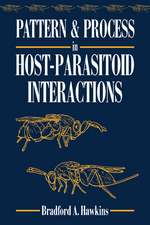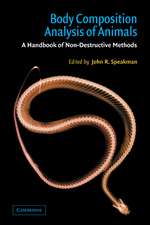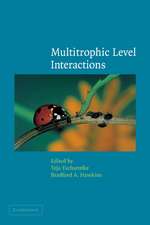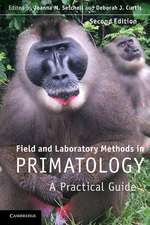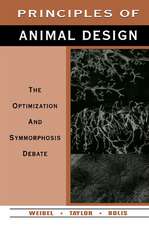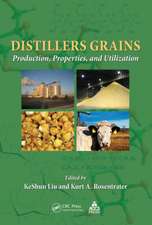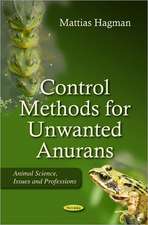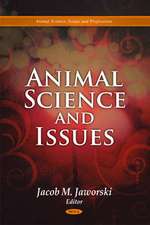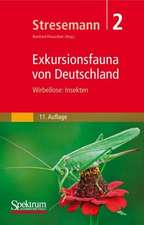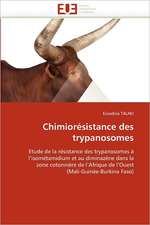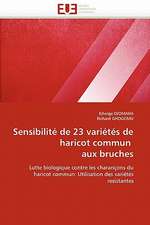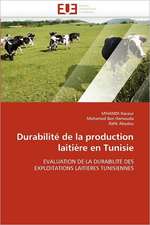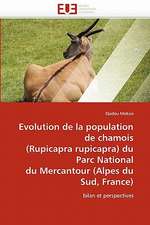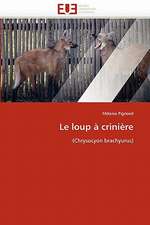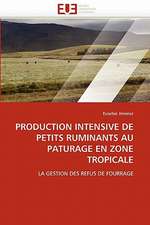Theoretical Approaches to Biological Control
Editat de Bradford A. Hawkins, Howard V. Cornellen Limba Engleză Paperback – 13 oct 2008
Preț: 350.24 lei
Nou
Puncte Express: 525
Preț estimativ în valută:
67.03€ • 70.71$ • 56.02£
67.03€ • 70.71$ • 56.02£
Carte tipărită la comandă
Livrare economică 31 decembrie 24 - 14 ianuarie 25
Preluare comenzi: 021 569.72.76
Specificații
ISBN-13: 9780521082877
ISBN-10: 0521082870
Pagini: 432
Ilustrații: 89 b/w illus. 18 tables
Dimensiuni: 194 x 252 x 30 mm
Greutate: 0.77 kg
Ediția:1
Editura: Cambridge University Press
Colecția Cambridge University Press
Locul publicării:Cambridge, United Kingdom
ISBN-10: 0521082870
Pagini: 432
Ilustrații: 89 b/w illus. 18 tables
Dimensiuni: 194 x 252 x 30 mm
Greutate: 0.77 kg
Ediția:1
Editura: Cambridge University Press
Colecția Cambridge University Press
Locul publicării:Cambridge, United Kingdom
Cuprins
Preface; Part I. Biological Control Theory: Past and Present: 1. The theoretical foundations of biological control Alan A. Berryman; 2. Recent developments in theory for biological control of insect pests by parasitoids Cheryl J. Briggs, William W. Murdoch and Roger M. Nisbet; 3. Biological control models: a field guide Nigel D. Barlow; Part II. Ecological Considerations: 4. The uniformity and density of pest exploitation as guides to success in biological control Michael E. Hochberg, and Robert D. Holt; 5. Biological control of insect pests: a tritrophic perspective Nick J. Mills and Andrew P. Gutierrez; 6. The case for generalists in biological control Gary C. Chang and Peter Kareiva; 7. Why is the parasitoid Encarsia formosa so successful in controlling whiteflies Joop C. van Lenteren and Herman W. J. van Roermund; 8. Parasitoid adult nutritional ecology: implications for biological control Mark A. Jervis and Neil A. C. Kidd; 9. Coexistence of multiple attractors and its consequences for a three-species food chain Liebe F. Cavalieri and Huseyin Koçak; Part III. Spatial Considerations: 10. Dynamics of spatially structured spider mite populations Sandra J. Walde and Gösta Nachman; 11. Habitat fragmentation and biological control Teja Tscharntke and Andreas Kruess; 12. Outbreaks of insects: a dynamic approach Alan Hastings; Part IV. Genetic/Evolutionary Considerations: 13. Population dynamics and the evolutionary stability of biological control Robert D. Holt, Michael E. Hochberg and Michael Barfield; 14. Genetic conflict in natural enemies: a review, and consequences for the biological control of arthropods Martha S. Hunter; 15. Overexploitation and mutualism in plant - herbivore - predator interactions: their evolution and impact on population dynamics Maurice W. Sabelis, Minus van Baalen, Jan Bruin, Martijn Egas, Vincent A. A. Jansen, Arne Janssen and Bas Pels; 16. A Darwinian view of host selection and its practical implications Robert F. Luck, and Leonard Nunney; Part V. Microbes and Pathogens: 17. The dynamics of insect - pathogen interactions H. C. J. Godfray and Cheryl Briggs; 18. Host - pathogen - parasitoid systems Michael Begon, Steven M. Sait and David J. Thompson; 19. Persistence of natural enemies of weeds and insect pests in heterogeneous environments David W. Onstad and Edward A. Kornkven; 20. Application of insect - pathogen models to biological control Matthew B. Thomas, Simon N. Wood and Veronica Soloranzo; 21. Dose - response relationships in biocontrol of plant disease and their use to define pathogen refuge size Kenneth B. Johnson; Index.
Recenzii
Review of the hardback: ' … a timely volume, which covers all the recent debates related to biological control' Trends in Ecology and Evolotion
Descriere
A balanced guide to the theoretical issues that need to be considered in applying biological control.



